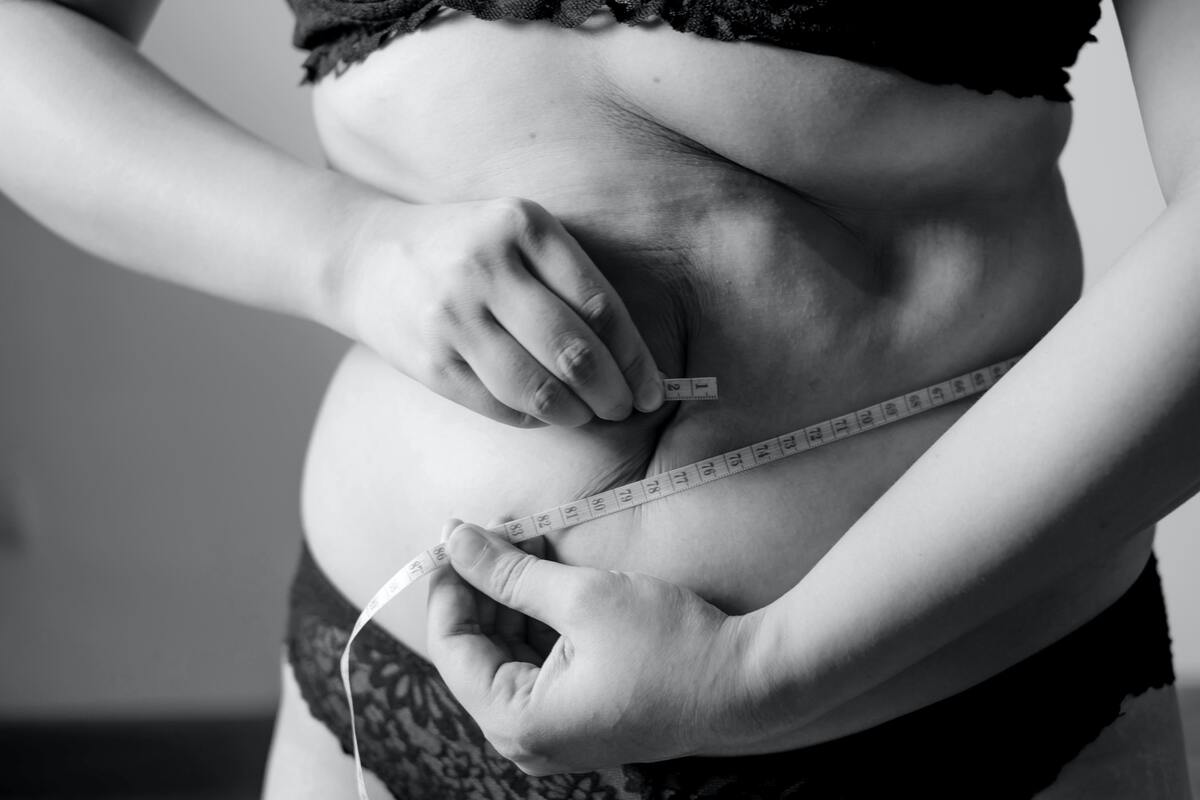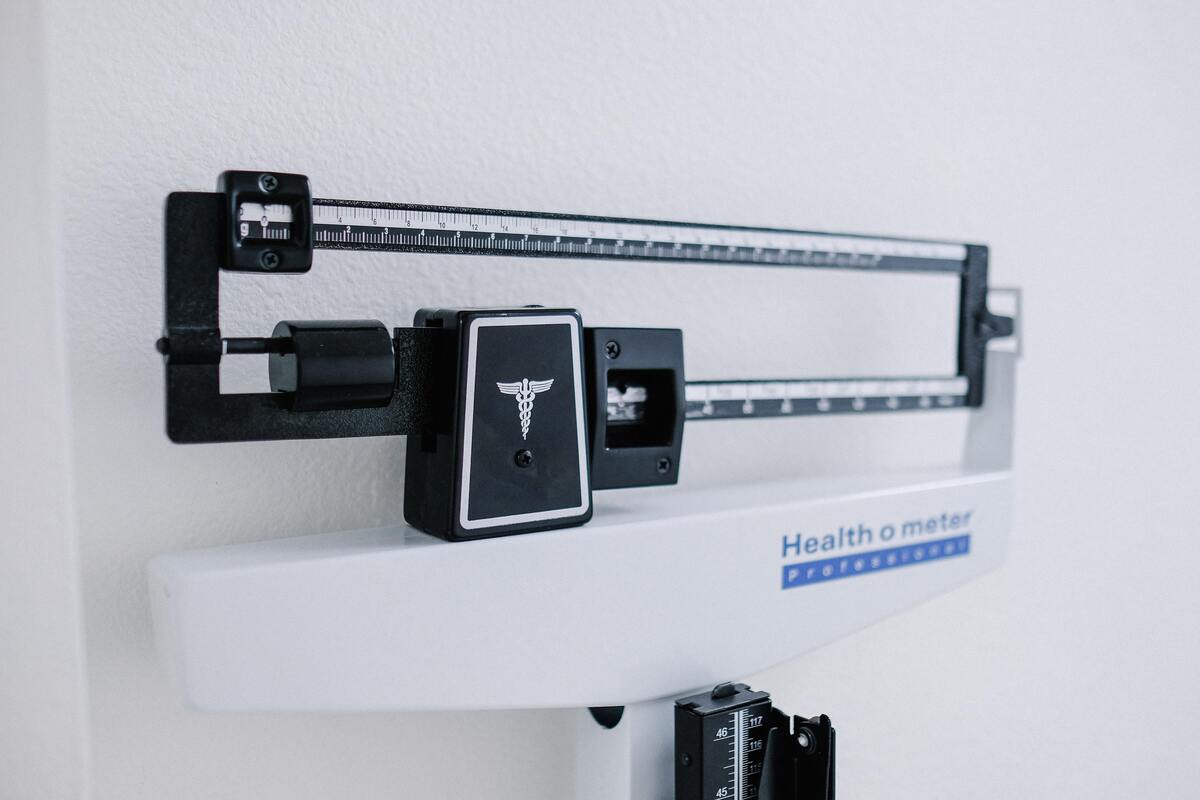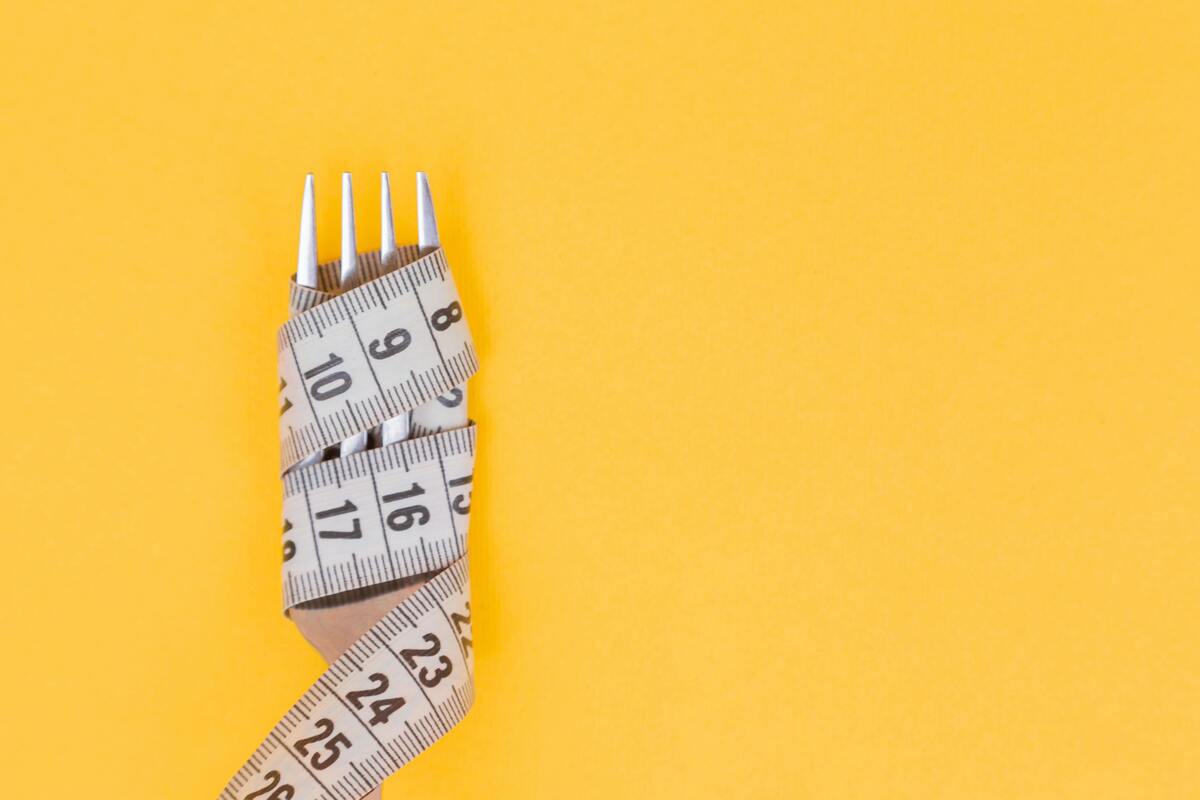Table of contents
General considerations about the ketogenic diet

The ketogenic diet is one of the strategies to lose weight and can also help in the treatment of several diseases, such as cancer, diabetes, obesity and prevent seizures and epilepsy. It is based on the almost complete elimination of carbohydrates and replacement by good fats coming from natural foods.
To start this diet it is necessary to be followed by a doctor, since it is a very restrictive diet. But in this article you will understand how the ketogenic diet works, which foods are allowed and forbidden, and much more. Follow it!
Ketogenic diet, ketosis, basics and how to do it

The ketogenic diet has this name due to the ketosis process. In this section you will understand what this process is, how we can help you through the ketogenic diet and how to do it properly. Read on and understand!
What is the ketogenic diet
The ketogenic diet is basically a regulation of the diet to prioritize fats, moderate proteins and reduce carbohydrates. It aims to change the source of energy of the body, which primarily uses carbohydrates to obtain glucose.
In the case of a ketogenic diet, the energy source is replaced by fat, in a process done by the liver in the ketone bodies. This diet was developed in the 1920s and perfected since then.
The main use of it is therapeutic, aiming to control seizures and epilepsy, as well as aid in the treatment of cancer. However, the diet has been used by people seeking rapid weight reduction.
It is worth noting that if this is your case, it is essential to have medical monitoring, because the side effects may outweigh the weight loss.
Ketosis
Ketosis is a state of the body when the metabolism switches to using fat as an energy source instead of carbohydrates. By limiting carbohydrate intake to about 50 grams a day, the liver uses fats to provide energy for the cells.
To achieve ketosis it is also important to control protein intake, because the body can also use it as an energy source, which is not the intention. Another strategy to reach ketosis is through intermittent fasting, which should also be done under medical supervision.
Basic principles of the ketogenic diet
As said, the basic principle of the ketogenic diet is the drastic reduction of carbohydrates. Thus, foods such as beans, rice, flours and vegetables rich in carbohydrates are removed from the diet.
In addition, these foods should be replaced by others rich in fats, such as oilseeds, olive oils and meat. Protein should also be regulated, through moderate consumption not only of meat, but also of eggs.
Its central purpose is for the body to use fat from the body and food consumed to generate the energy needed by the cells. When this occurs, the amount of sugar in the blood is greatly reduced.
How to do the ketogenic diet
The first step to follow the ketogenic diet is to consult a nutritionist and a general practitioner. It is necessary to do previous tests to make sure that the liver function is adequate and prepared to actively carry out the ketosis process.
The nutritionist will help you make the necessary food substitutions and even routine adjustments. This is essential for the maintenance of the diet, avoiding the rebound effect and the consumption of foods that are not recommended during times of withdrawal.
The nutritionist will evaluate and define the amount of carbohydrates, fats and proteins that the person should ingest, according to his/her condition and objectives. It is common to maintain a proportion between 20 to 50 grams of carbohydrates per day, while protein is around 20% of the daily diet.
Permitted foods
Since the ketogenic diet is based on the consumption of good, natural fats, in addition to protein and oils, the main foods in the diet are:
- Oilseeds such as nuts, walnuts, hazelnuts, almonds, as well as pastes and other derivatives;
- Meat, eggs, fatty fish (salmon, trout, sardines);
- Olive oils, oils and butters;
- Vegetable milks;
- Fruits rich in fats, such as avocado, coconut, strawberries, blackberries, raspberries, blueberries, cherries;
- Cream milk, natural and sugar-free yogurts;
- Cheese;
- Vegetables such as spinach, lettuce, broccoli, onion, cucumber, zucchini, cauliflower, asparagus, red chicory, Brussels sprouts, cabbage, celery and paprika.
Another point to pay attention to in the ketogenic diet is the amount of carbohydrates in industrialized foods. This should be done by analyzing the nutritional table.
Prohibited foods
To follow the ketogenic diet one should avoid foods rich in carbohydrates, such as:
- Flours, especially wheat flour;
- Rice, noodles, breads, cakes, cookies;
- Corn;
- Cereals;
- Legumes such as beans, peas, lentils, chickpeas;
- Sugars;
- Industrialized products.
Types of ketogenic diet

The ketogenic diet began to be developed in 1920, but has undergone several reformulations. Even branches have been created so that the diet can suit different profiles. Read on and find out when ketogenic diet best fits you!
Classic Ketogenic
The classic ketogenic diet was the first to idealize the reduction of carbohydrates and replace it with fat. In it, the proportion is usually 10% of carbohydrates, 20% of proteins and 70% of fats in the daily diet.
The nutritionist will adjust the amount of calories ingested according to each individual, but in the classic ketogenic diet it is usually between 1000 and 1400 a day.
Cyclic and Focused Ketogenic
The ketogenic cyclic diet, on the other hand, uses cycles of ketogenic food and other cycles of carbohydrate food. It is usually eaten during 4 days of the ketogenic diet and on the other 2 days of the week a diet rich in carbohydrates.
The carbohydrates consumed should not be of industrialized origin, you should maintain a balanced diet. But the goal of the cyclic ketogenic diet is to create a carbohydrate reserve for exercising, besides allowing the maintenance of the diet for a longer period of time, since there will not be a complete restriction.
The focused ketogenic diet resembles the cyclical one, but the consumption of carbohydrates is exclusively done pre and post workout, aiming to provide energy for physical exercise and muscle recovery.
High Protein Ketogenic
In the high protein ketogenic diet the proportions are altered to provide more protein. You usually consume about 35% protein, 60% fats and 5% carbohydrates.
The goal of this diet variation is to prevent the loss of muscle mass, and it is followed mainly by those who seek to lose weight and are not looking for any therapeutic treatment.
Modified Atkins
The modified Atkins diet has the main purpose of controlling epileptic seizures. It is a variation of the Atkins diet, created in 1972, which had aesthetical purposes. The modified Atkins diet replaces part of the proteins by fats, keeping a proportion of about 60% of fats, 30% of proteins and up to 10% of carbohydrates.
It is important to emphasize that the modified Atkins diet is generally recommended for patients who do not require immediate control of seizures. In cases where immediate control is required, the classic ketogenic diet is recommended.
MCT Diet
MCTS or TCMs are the medium-chain triglycerides. The MCT diet uses these triglycerides as the main source of fat in the ketogenic diet, since they generate many more ketone bodies.
In this way, fat consumption does not need to be so intense, since part of the fat consumed as MCT will be more efficient, bringing the proposed result.
Who should not do, care and contraindications of the ketogenic diet

Despite bringing several benefits and being efficient for weight loss, the ketogenic diet requires several precautions. Since it is a restrictive diet, it may end up negatively impacting some organisms.
For this reason, its use should always be done under medical supervision. To know what the restrictions are for the ketogenic diet, read this section!
Who should not eat the ketogenic diet
The main restrictions for the ketogenic diet are for pregnant and breastfeeding women, children, the elderly and teenagers. People who have diabetes should only follow up with a doctor.
In addition, people with liver or kidney problems or cardiovascular changes should not go on the ketogenic diet. In these cases, it is necessary to consult with a nutritionist to receive new dietary recommendations.
Cautions and contraindications of the Ketogenic Diet
The ketogenic diet is quite restrictive, because in the first period of nutritional adaptation your body can experience weight and muscle mass loss. This can make it difficult for your body to respond to medical treatments such as chemotherapy and radiotherapy.
If you are following any other treatment, it is necessary to follow the diet with professional guidance, because the consequences of this diet for the body can result in a worsening of your health condition, besides the possible appearance of side effects.
Side effects and how to minimize them
It is common for some side effects to arise while the body goes through the initial adaptation phase of the ketogenic diet. This phase can also be known as keto flu, based on the experiences of people who have been on the diet it is reported that these effects end after a few days.
The most common symptoms present in this initial phase are constipation, vomiting, and diarrhea. In addition, depending on the organism they may also appear:
- Power outage;
- Increased appetite;
- Insomnia;
- Nausea;
- Intestinal discomfort;
You can minimize these symptoms by gradually eliminating carbohydrates in the first week, so that your body does not feel the absence of this energy source so abruptly. The ketogenic diet can also affect your water and mineral salt balance, so try to replace these substances in your meals.
Common Questions about the Ketogenic Diet

The ketogenic diet has emerged as an effective strategy for weight loss, however, it has surprised everyone by its method. The surprise lies in the complete elimination of carbohydrates from the diet. Therefore, it has raised some doubts about its method, find out what the most common doubts are below.
Is the Ketogenic Diet safe?
Yes, but before starting your diet you need to follow some recommendations. The first one is that it cannot be done for a long period of time. Since it is a carbohydrate-restricted diet, it has short- and medium-term effects, but it requires a nutritionist's follow-up so that it does not unbalance your metabolism.
For people who have comorbidities such as diabetes, or hypertension, they need to adjust their diet through medication. You may run the risk of experiencing relapses and even causing hypoglycemia.
For those who have liver or kidney diseases, this diet is not recommended. Since there will be an increase in the intake of food rich in proteins and fats, your organs may be overloaded.
It is important to remember that there will be a sudden cut in the intake of carbohydrates in your body, which means that you will stop ingesting several foods with vitamins and minerals that are fundamental for your metabolic activity. Therefore, you will need to use supplements to replace these substances.
Besides, the generation of calories from lipids may increase the cholesterol and triglyceride levels in the blood, which is harmful for people who already have high levels of these molecules in their bodies. Due to all these factors, although the ketogenic diet is considered safe, a medical follow-up is mandatory.
Does the Ketogenic Diet really lose weight?
Yes, because carbohydrates are our greatest source of energy, when replacing them by lipids consumption will happen a sharp reduction of calories in your body, which will naturally result in weight loss. In addition, the body starts to consume its fat stores, helping in this process of weight loss.
However, it is important to point out that these effects are temporary. The sudden restriction of carbohydrates can trigger appetite peaks that will impair the process of burning fat stores in your body. Besides favoring the development of eating disorders, so be careful!
Is the Ketogenic Diet worth doing?
The ketogenic diet is very effective in fighting obesity, as long as it is followed by a doctor and a nutritionist. The maximum duration of this diet is around 6 months and its results are immediate.
The most important part of this process is the post-diet period, because many times people are not able to maintain a regular diet, thus having a regression in weight. Therefore, it is necessary to be careful when the restriction period ends, so that you do not run this risk.
Attention to physical activities
Physical activities do not have to be discontinued while you are on the diet. But, you have to be careful while you are doing your activities. Since your body is not getting the amount of calories before the consumption of carbohydrates, you may feel weak.
To deal with this state, it is recommended that you reduce the intensity of your workouts. Because you may experience cramps and weakness because you are not replenishing your body's energy and essential mineral salts.
How does the Ketogenic Diet help fight cancer?
Cancer cells use glucose as an energy source to multiply. By performing the ketogenic diet these glucose levels in your blood become greatly reduced which would prevent the cancer from spreading and tumor growth.
However, because your body is destabilized by chemotherapy treatments, radiotherapy, among others, you will have to replenish the necessary vitamins and mineral salts to keep your metabolic function active, so that you do not overload your body.
Before starting the ketogenic diet is it necessary to consult a professional?

This is a rule that should be followed for any type of diet, one should not adhere to the ketogenic diet without a prior consultation with a nutritionist, or by a doctor responsible for you.
Remember that you will be stopping the intake of carbohydrates in your body. In the very first week you will feel a series of side effects and if you do not follow the proper recommendations you can damage the health of your body.
The accompaniment of a professional will help you to have a better measurement of the amount of nutrients and calories to be ingested in your day to day. Besides favoring a better response in your treatment, thus managing to decrease your body weight with the necessary security.

